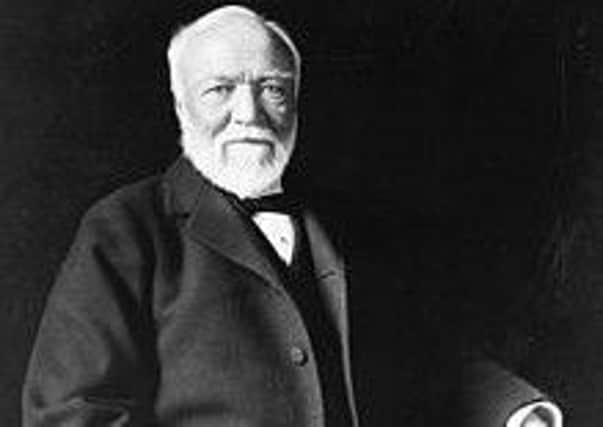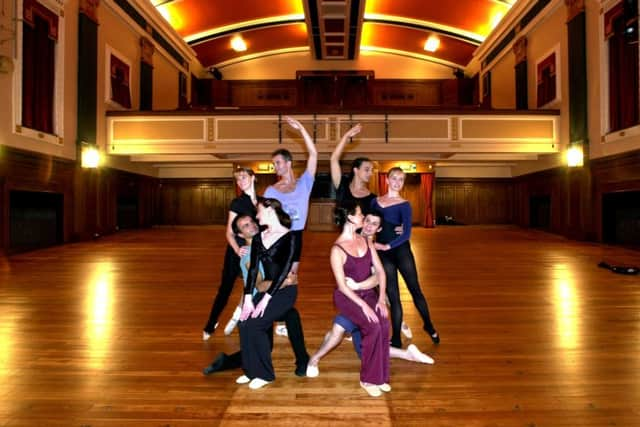Seven facts you may not know about Andrew Carnegie


Charlestown departure
It was from the small harbour in the Fife coastal village of Charlestown that the young Carnegie left Scotland along with his family in 1848. His father, William, a handloom weaver from Dunfermline, decided to relocate to Allegheny, Pennsylvania, in the hope of a better life.
King of steel


Carnegie was a ruthless and gifted businessman. By 1899 his companies controlled 25 per of American steel production at a time when demand for the building material was growing at unprededented rates. The subsequent almagmalation in 1901 of the four big American steel companies made Carnegie the richest man in the world, and allowed him to give away more $350 million dollars - half a billion in today’s money - in his lifetime.
The Carnegie dictum
Advertisement
Hide AdAdvertisement
Hide AdCarnegie famously wrote that “the man who dies rich dies disgraced”. He further elaborated his theory of philanthropy, known as the Carnegie dictum. It called for individuals to spend the first third of one’s life getting all the education one can, to then spend the next third making all the money one can, and finally to spend the last third giving it all away for worthwhile causes.
The other Carnegie Hall
Towns across the UK and Ireland benefited from public libraries paid for by Carnegie and his charitable trusts. Among the other institutions founded in his name is New York’s famous Carnegie Hall, a venue considered to be among the most prestigious in the world. A more modest venue with the same name stands in his home town Dunfermline, allowing generations of less well-known performers and local school children to claim that they too have performed at Carnegie Hall.
Trade union controversies
One of Carnegie’s steel mills at Homestead, West Pennsylvania was the scene of one most notorious labour disputes in American industrial history. In 1892, the National Amalgamated Association of Iron and Steel Workers demanded a wage rise in line with increased company profits. Carnegie left for a trip to Scotland at the height of the dispute, leaving his business partner, Henry Clay Frick, in charge. Frick brought in thousands of strikebreakers to work the mill while workers were locked out and Pinkerton agents to safeguard them. On July 6, a fight erupted between the agents and the strikers that 10 men dead - seven workers and three Pinkertons - and hundreds injured. The mill resumed succesfuly resumed operations utilising non-unionised immigrant labour, but the episode greatly damaged the Carnegie company’s reputation.
Prehistoric legacy
The remains of a dinosaur - Diplodocus carnegiei - were named after the philanthropist in 1901. He sponsored an expedition led by John Bell Hatcher which found the near complete skeleton in in the Morrison Formation in Utah. Carnegie paid for casts of the dinosaur to be displayed at museums around the world, including the Natural History Museum in London.
Gravestone
The inscription on Andrew Carnegie’s gravestone reads: “Here lies a man who knew how to enlist the service of better men than himself.” He was buried at Sleepy Hollow Cemetery in North Tarrytown, New York.